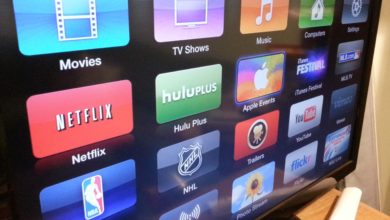How to Make and Use a Huddle Room at Home

Part of their appeal is the lowered price tag in a small, convenient setup, which not only saves money initially but can allow for multiple huddle rooms in the same office, lowering the need to reserve or book a massive and expensive staging area weeks in advance.
How that translates to benefiting you is that there are more options available for creating your own. Whether it’s a private or professional building, here is a startup guide to help you shop for all the tools you need.
Location
First of all, you need to decide in what part of your house you are going to hold most of your conference calls. The two biggest factors you need to consider are the lighting and the sound, which can be a very tricky pair of factors to balance.
You want a well-lit room that won’t cast strange or unflattering shadows on your face, and that is bright without washing you out or enveloping you in eerie darkness. While this can be accomplished with one good overhead light and a window to your front or side, not from the back as to avoid harsh backlighting, being close to a window can run the risk of disruptive street noise. Auditory distractions can also include noisy heaters, strange echoes, or noise pollution from other members of the house.
Wander around your house with a smartphone or laptop with webcam recording you to find the best balance of light and silence. When you’ve decided on a room, it’s a good idea to keep it as clean and straightforward as possible, with just a table and chairs and a very basic, neutral paint job in the background. Bookshelves or artwork in the background is okay if that’s your preference, but make sure nothing is too distracting in the background like a band poster or a particularly candid photo. You should always be the most interesting thing in frame.
Software and the Internet
While these two things are rather different issues, they are just as important at letting you run your video conference as smoothly as possible. Your internet should be steady and as fast as possible. Generally speaking, this can be achieved or at least improved upon with the use of Ethernet or any internet that plugs directly into your computer system.
While Wi-Fi and other wireless equipment are extremely convenient, if you have the option and the nearby plugs using Ethernet can boost the reliability. It comes down to the rate and quality of your provider, of course, so consider upgrading or exploring alternate options for your internet if you find yourself having lots of dropped calls.
Another feature to help a video conference run smoothly is by using a program such as BlueJeans that’s designed for large-scale huddle meetings and calls to streamline the sometimes tricky process of connecting different devices. Good software can help improve the overall experience, so don’t overlook this aspect.
Hardware and Equipment
The equipment involved in making a private conferencing space is usually limited to three pieces of tech. A screen or monitor to view the people involved, a webcam and a microphone are the standard parts needed, and what you should invest in even if your laptop or notebook comes with the latter two built in. If you want to go professional, it’s best to upgrade to get the best quality.
For webcams, high quality usually means higher resolution, which means that more pixels are used to fill an image. Think of it as though you want to make a jar look as blue as possible, so you fill it with blue items. Filling a jar full of blue sand as opposed to blue gumballs will give you a much smoother and more edge-to-edge appearance of blue. This is roughly how a higher resolution will help send a smoother picture, but that can also be affected by your internet connection so watch out for that.
On the audio side, a free standing microphone is preferred over bulky, distracting headsets. Both of these accessories also offer you the ability to move more freely around your space as needed and set up the camera at a much more flattering eye level. If your primary computer is a laptop, or if you want the flexibility of working between two different sizes of screens, you can also consider getting a second monitor.




